MOTORING
L of a ride — for those with money and taste, Lexus launches two new luxury SUVs
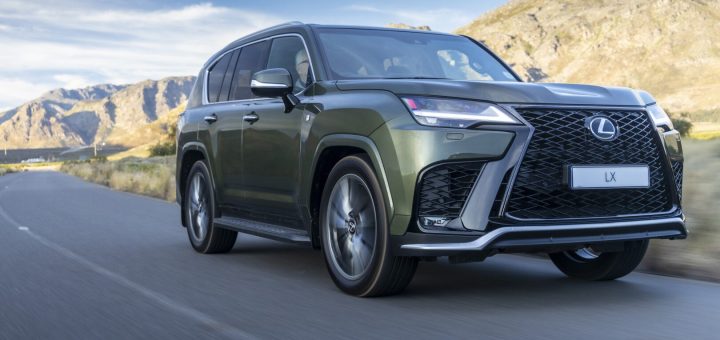
While Lexus remains a niche brand in SA, the Japanese luxury manufacturer keeps pushing the envelope when it comes to quality and style.
When an invite from Lexus pops into my inbox I make sure I clear the deck. I’ve been known to forgo anniversaries, birthdays and christenings and even to postpone surgery to attend an L-spindle brand event. I’ve driven them all: from the LC500, one of the most beautiful sports cars in the world, to the LS, IS and ES sedans, to the host of SUVs that currently reside in the local Lexus portfolio: the UX, NX, RX and LX. Feel free to call me a Lexus slag.
Since Lexus arrived in SA in 2013, I’ve been drawn to its origins. A brainchild of the then chairman of Toyota, Eiji Toyoda, in 1983 a handpicked team of top Japanese engineers and designers were sent on a hush-hush secret mission to California. Dubbed the Circle F project, it was all very James Bondish. The team was tasked with observing the lifestyles of rich and famous inhabitants of Laguna Beach and coming up with a luxury vehicle that would set new standards in the highly competitive premium vehicle market.
Fast-forward some $1-billion in investment later, to when the Lexus LS 400 was unveiled at the Detroit Auto Show in 1989. It was critically acclaimed in the motoring media as a machine that “rewrote the luxury-car rulebook”. Famous for its bespoke quality, overseen by highly trained Takumi craftsmen, the Lexus brand quickly became a major player in the mink and manure vehicle segment.
Recently I got to test-drive not one, but two of Lexus’s new SUVs — the massive (and pricey) LX and the smallish, somewhat more affordable NX.
The Lexus LX
Let’s kick this off with the all-new fourth-generation LX. At the time of its launch back in 1996, parent company Toyota was keen for Lexus to begin competing in the new, highly lucrative premium SUV market dominated by the Germans. Lexus LX engineers used the platform of the bulletproof Toyota Land Cruiser J80 while introducing notable Lexus luxury design elements. The LX subsequently sold more than 500,000 units, appealing to customers who desire the engine and offroad capabilities of a Land Cruiser, with all the interior elements of a swanky cigar lounge.
On first meeting the new LX, it’s hard not to notice its size. “Gargantuan” feels like an apt description. While it’s increased in length, width and height, the massive SUV has somehow managed to shed 200kg due to a lighter aluminium roof and high-tensile steel used for some of the main frame components. (This steel is of particularly high strength, which means you need less of it and therefore the vehicle’s weight is reduced.)
To enhance its massive body, there’s the grille. Lexus calls it a “three-dimensional shape, comprised of seven sets of floating bars that create a seamless and frame-free structure”. Well okay then. It’s certainly hard to miss.
Inside the new LX, the “Tazuna-inspired” leather-swathed cockpit oozes style and money. (Tazuna is a Japanese word for “reins of a horse”.) I was somewhat confused by this term. What has the reins of a horse got to do with the upmarket cabin in the LX? According to Lexus, “In a perfect relationship between rider and horse, small, precise hand movements of the reins are all that’s required to communicate commands.”
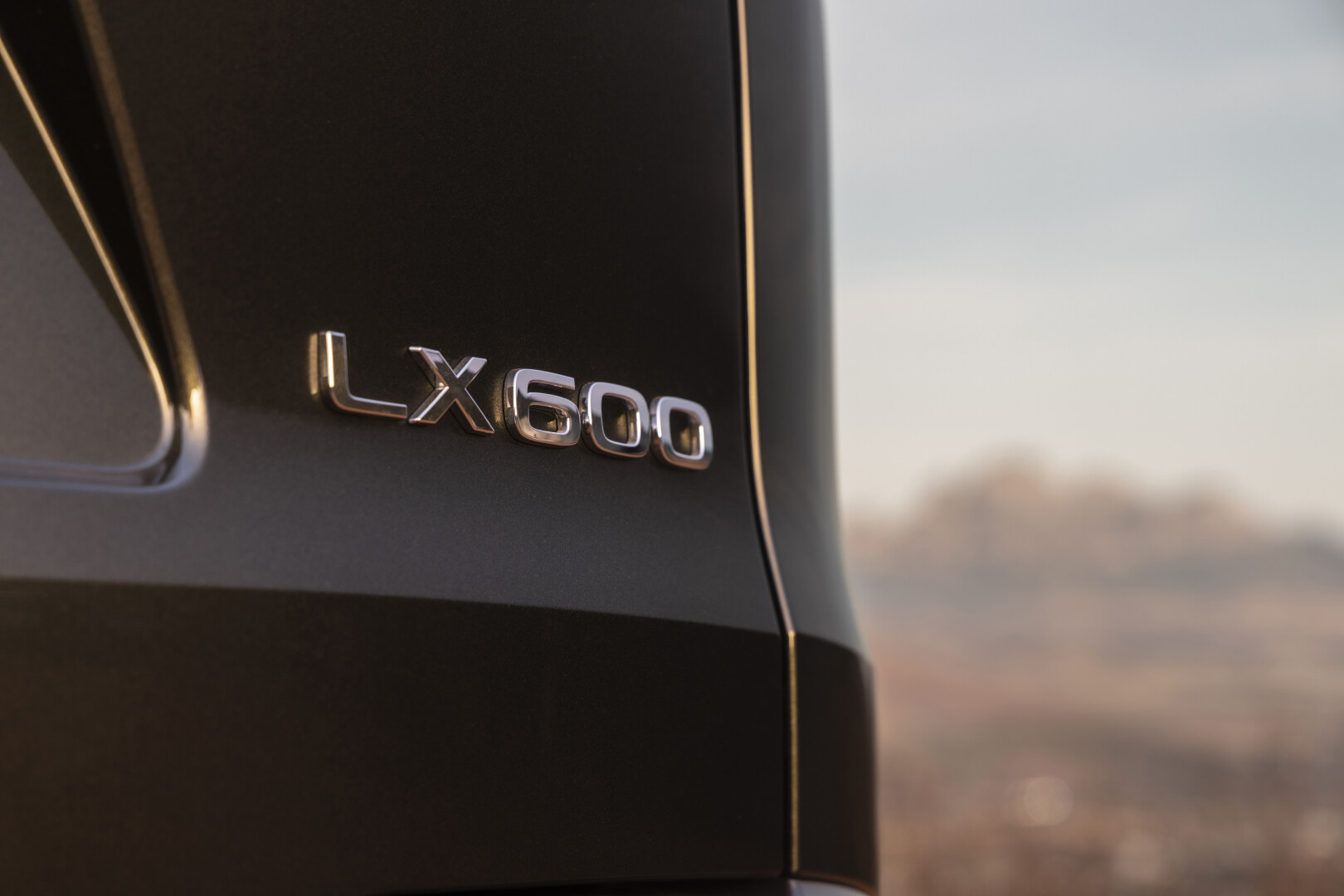
The LX 600 has a 3.5-litre V6 twin turbo-petrol engine. (Photo: Lexus SA)
So it’s clearly this kind of “direct, emotional connection” between horse and rider that Lexus wants to achieve in the design of the cockpit, which exudes thoughtfulness and reason between car and driver. The design seamlessly flows together, allowing the driver to simply “place hands on the wheel, eyes on the road” and relish the drive.
It also helps that there are 25 Mark Levinson speakers to deliver sublime sound. Thankfully, unlike previous Lexus generations, the two hi-tech touchscreens are easy to operate. (One of the few bugbears I’ve had in a Lexus was that damn cumbersome trackpad, but thankfully it’s gone.)
In true Lexus tradition, there’s an endless list of safety features including adaptive cruise control, adaptive high-beam systems, adaptive variable suspension, pre-collision warning and “fingerprint authentication” which allows you to programme the start button to recognise your fingerprint.
There are two new engines in the current line-up: the LX 600 has a 3.5-litre V6 twin turbo-petrol engine, offering 305kW and 650Nm of torque, while the LX 500d comes with a twin-turbocharged 3.3-litre diesel engine, producing 225kW and 700Nm.
I got to drive the V6 twin turbo-petrol at the launch, which entailed traversing the twisty Franschhoek Pass and surrounds as well as some pretty wet and slippery gravel tracks after the masses of recent rain.
Offroad, the LX was well planted and manoeuvred through the mud like its Land Cruiser boss, because like its 1996 forerunner, the latest LX is based on the current Toyota Land Cruiser 300. It shares the LC’s ladder-frame chassis, which basically means that it’s stronger and able to endure challenging offroad conditions. The ground clearance is excellent, having been increased by 18mm, and there’s plenty of 4×4 offroad support like air suspension and three electronic differential locks which all come standard.
On tar, the 3.5-litre V6 engine offered seamless power on acceleration. On tight corners, it was easy to forget that I was navigating a 2.7-tonne seven-seater, thanks to the LX’s astute agility and ability to swoop around hairpin bends. But because of its sheer size, you might struggle to find parking in the city and to manoeuvre in narrow lanes.
Obviously, the petrol derivative will be a hungry beast during stop-start city driving, but it should even out on long trips to about 12-13 litres/100km. The turbo diesel is significantly superior in this arena, consuming about 8.3 litres/100 km. However, when you consider that this premium SUV is going to set you back about two-and-a-half bar, the price of fuel is hardly going to be a consideration.
The Lexus NX
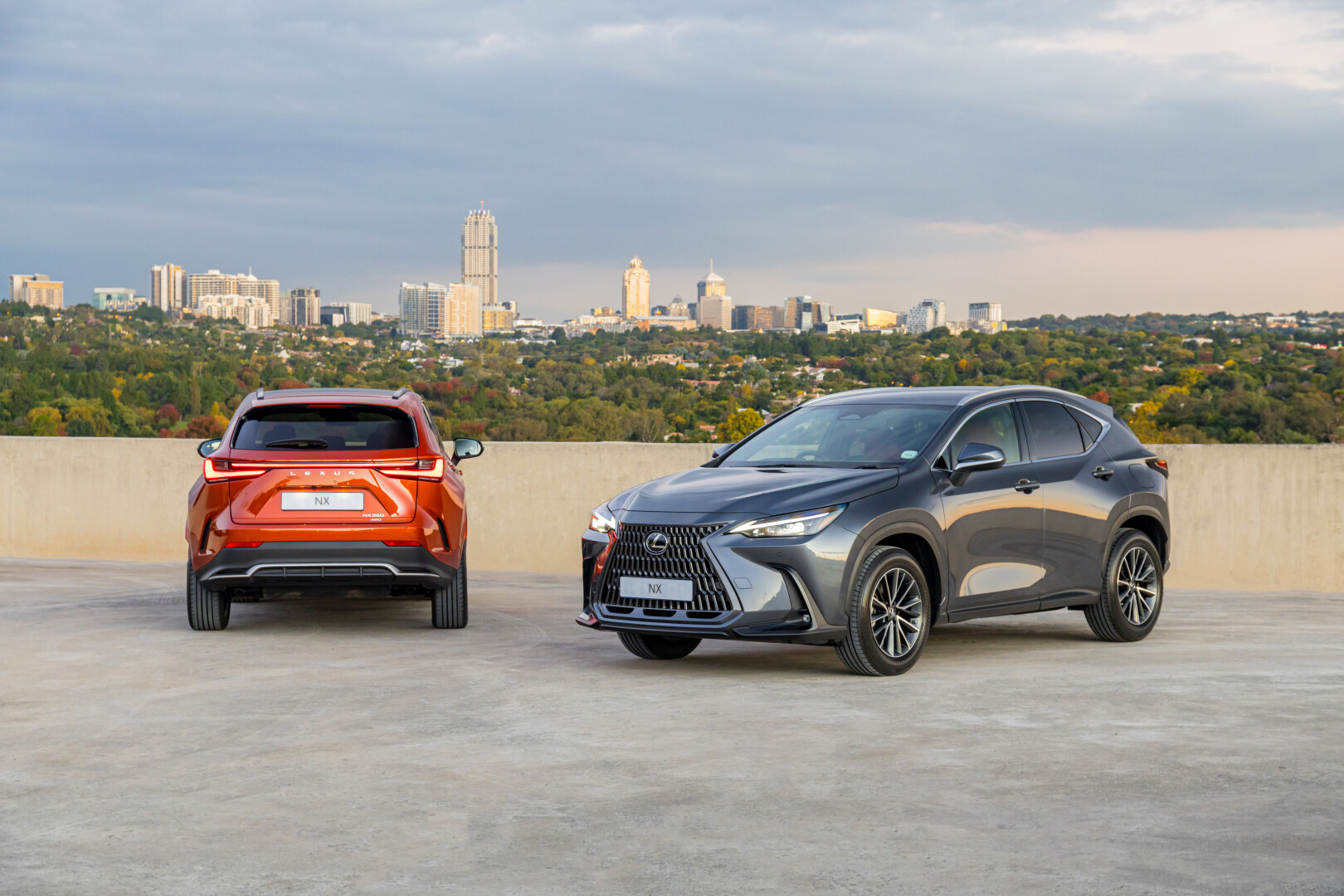
The Lexus NX range includes two petrol engines and a hybrid. (Photo: Lexus SA)
For Lexus fans who can’t quite afford a car that costs the same as a decent house, there’s always the NX.
Globally launched in 2015, the NX has been a hit for Lexus, making up 37% of its SUV sales and selling more than a million lifetime units. While the second-generation NX went on sale in SA in 2022, it took more than a year for the media to get behind the wheel due to stock issues.
After almost drowning in the massive LX, once I jumped into the medium-sized, snappy-looking NX it felt much more up my alley to manoeuvre around town.
While it shares the same Tazuna-inspired attention to layout and detail in the cabin as the LX, it’s a lot more cosy and intimate.
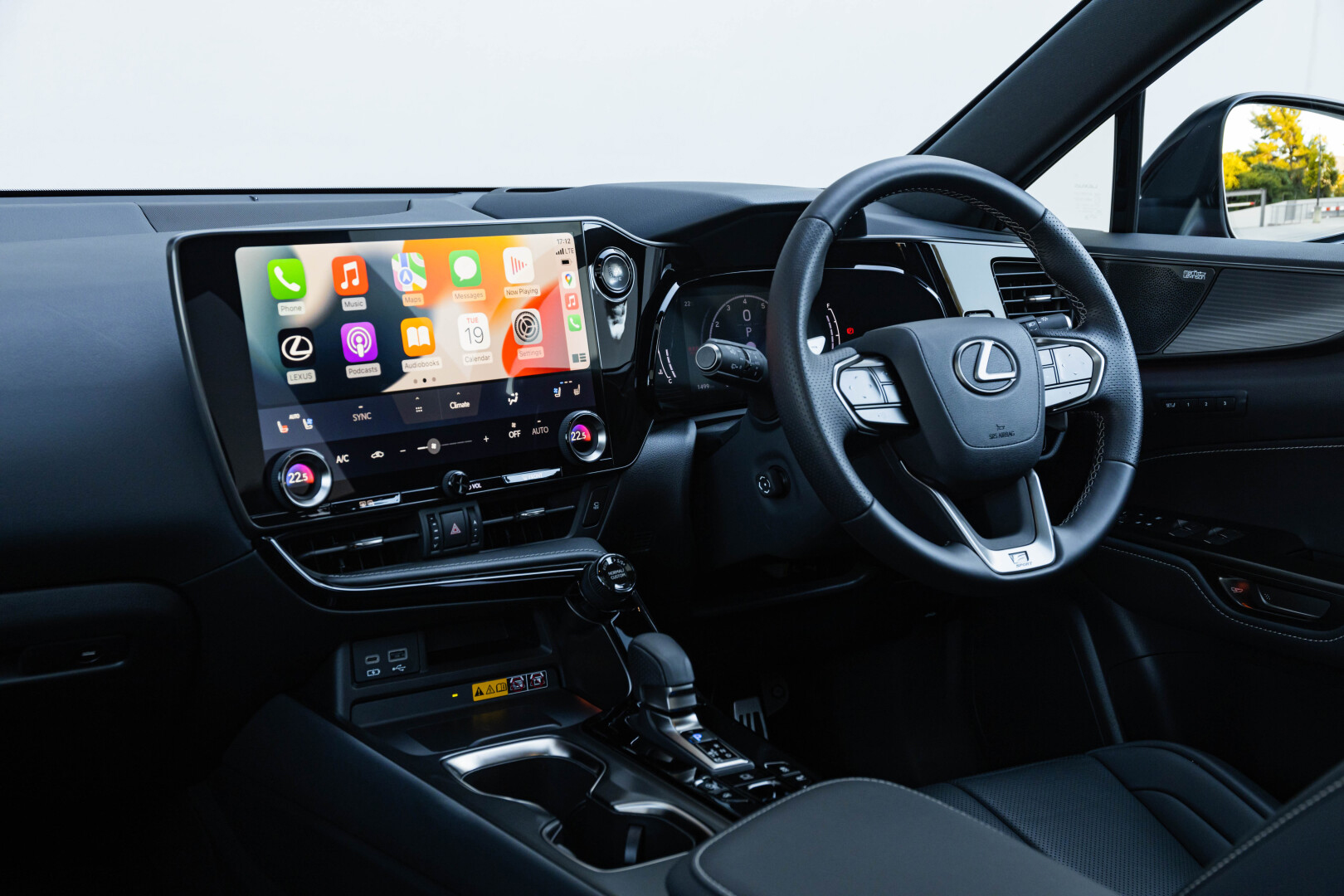
The NX’s premium cabin.(Photo: Lexus SA)
In direct competition with the BMW X3, the Audi Q5 and the Mercedes GLC, the NX stands apart in the looks department due to its aggressive styling, by way of its narrow and futuristic-looking LED headlamps and its massive grille.
There are three engines on offer in SA. First is the “entry-level” NX 250 EX, mated to a 2.5-litre, four-cylinder petrol engine, offering 152kW and 243Nm. Next is the hybrid NX 350h underpinned by a 2.5-litre four-cylinder hybrid petrol engine, mated to dual electric motors and a lithium-ion battery pack. The 350h delivers 179kW of power, and fuel consumption is impressively low at 5.0 litres/100km. At the top of the range is the NX 350F Sport with its four-cylinder turbocharged petrol engine, offering significantly more power at 205kW and 430Nm.
There are plenty of standard features across the range, including 18-inch alloys, wireless charging, power-adjustable and heated/ventilated front seats, a reverse camera, a digital instrument cluster and a 14-inch touchscreen infotainment system compatible with Android Auto and Apple CarPlay. (I did find it a bit old-school that you can only connect to AA and ACP via a cable.)
The NX is roomy enough for a family of four, with decent boot space and the choice to put the rear seats down. When it comes to the drive, it’s punchy and offers absorbent suspension that soaks up most road noise, even when speeding on highways.
Toyota South Africa, Lexus’s parent company, had a stellar month in June, holding on to its crown as the best-selling manufacturer in the country, with no less than five Toyotas in the top 10. According to last month’s Naamsa report, the Toyota Hilux held on to its number one position, selling 3,792 units. Unbelievable. At number two was the locally made Corolla Cross, with 2,115 recorded sales. The Fortuner came in at number seven (1,639 units), at number eight was the Toyota Starlet (1,415 units), followed closely by the Toyota HiAce (1,413 units) in 9th position.
In contrast to Toyota SA, Lexus, which is sadly still considered a niche brand in South Africa, was an entirely different story, with only 101 L-spindle grilles finding homes in June. Across the board, the premium car market is in the doldrums, with many customers increasingly “buying down”, and so the Lexus appeal is limited to those with money — and taste.
Pricing
Lexus LX 500d: R2,507,600
Lexus LX 500d F Sport: R2,517,500
Lexus LX 600 F Sport: R2,568,700
Lexus LX 600: R2,568,700
Lexus LX 600 VIP: R2,986,000
Lexus NX 250 EX: R968,000
Lexus NX 350h EX: R1,000,000
Lexus NX 350h SE: R1,172,900
Lexus NX 350h F Sport: R1,200,800
Lexus NX 350F Sport: R1,211,900
The LX and NX are sold with a seven-year/100,000km warranty and a seven-year/100,000km maintenance plan. DM

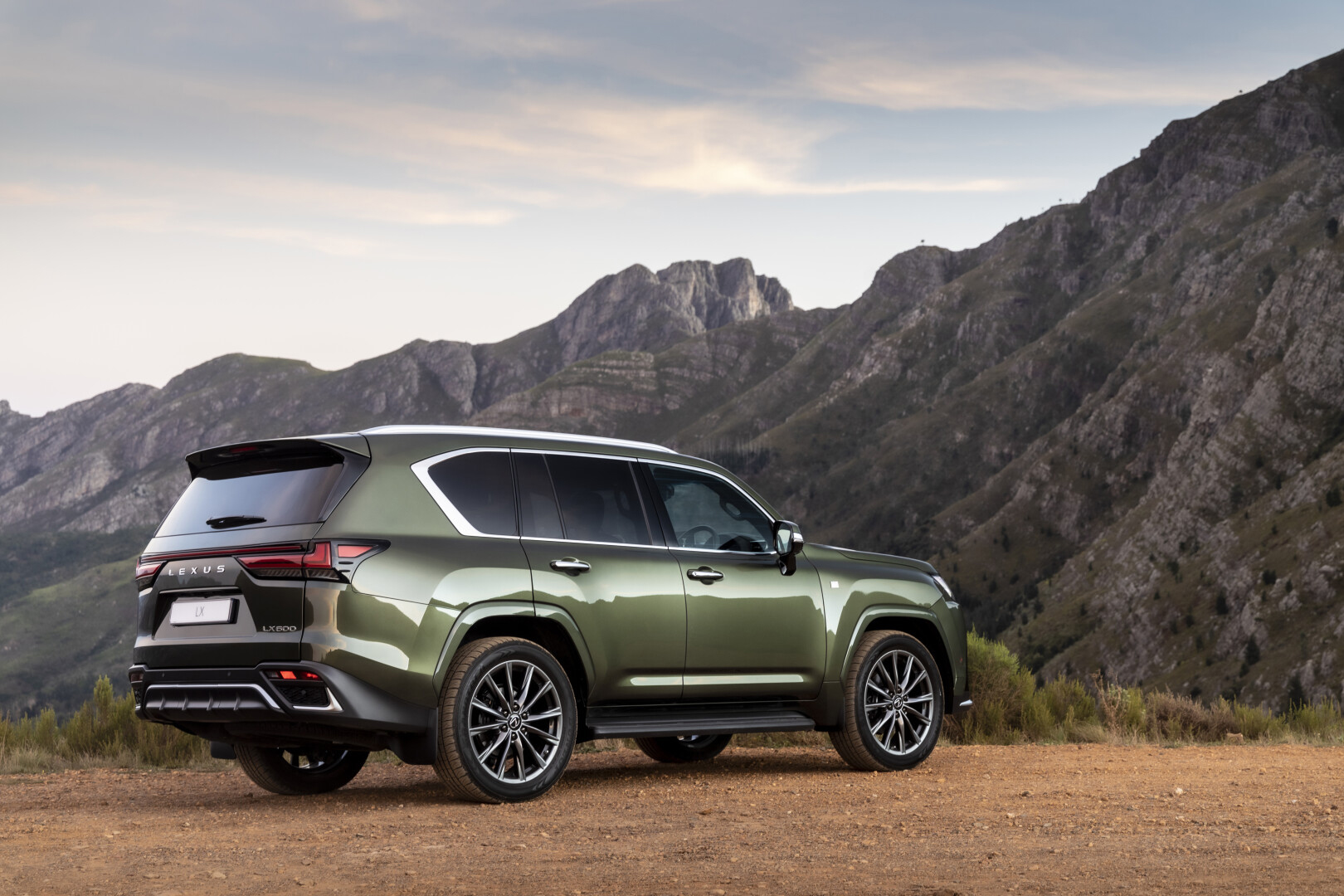















Why is it that as the world grapples with global warming and environmental problems carmakers keep on coming up with bigger and bigger gas guzzlers for the super rich?
because they can and want – simple really.
Typical nitwit reaction.